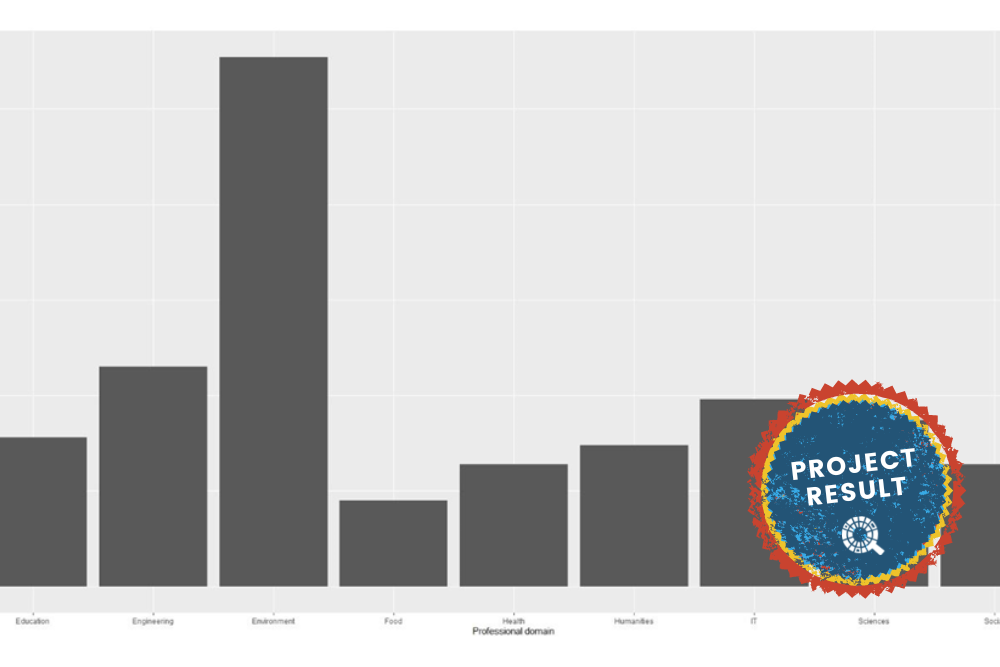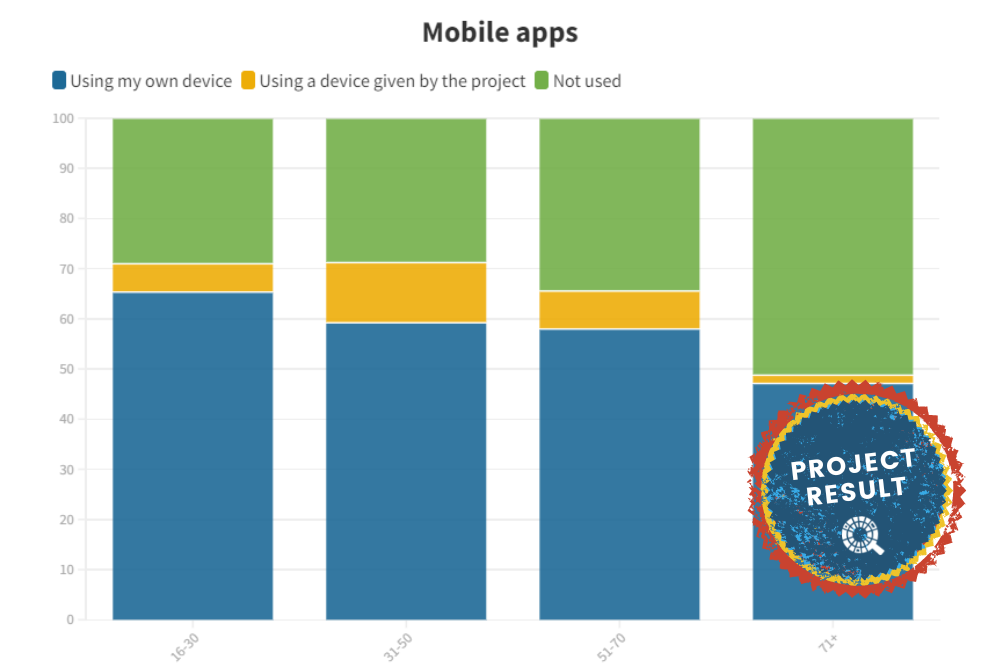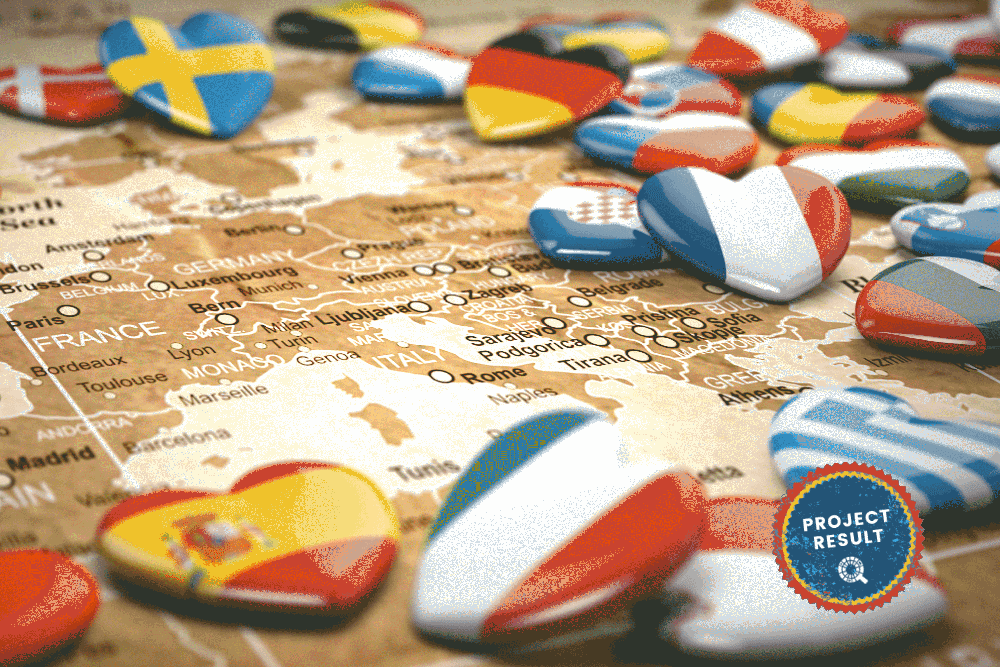Public engagement with science has long been established as a model within science communication research advocating for two-way dialogue between scientists and the public, discussing public needs and including them in decision-making processes. With close alignment to citizen science approaches, public engagement with science can serve to ground engagement efforts within citizen science practice. This report describes the flexible and dynamic engagement opportunities offered through such integration in an environmental citizen science project which was recently published in the Journal of Science Communication and presented in the Public Communication of Science and Technology (PCST) conference.
Science communication is the study of public processes related to their understanding and involvement in science. Science communication theories lie on a spectrum from more scientific centered to public centered and are traditionally divided into two overarching models: Public understanding of science (also known as the “deficit model”) takes an education outreach perspective, considering it the scientists’ responsibility to pass their knowledge on to the public. Public engagement in science (also known as the “dialogue model”) advocates for creating a dialogue between scientists and the public, discussing needs that arise bottom to top, and including the public in decision-making. Some science communication scholars extend these models to Public participation (also known as the “participatory model”) which views all members of society as equal contributors to deliberation, creation of new knowledge and shaping the scientific agenda. While these models are well developed in theory, there are limited resources and practical tools for implementing and analysing these theories in practice. One way to implement these models is through citizen science.
Using a case study of the environmental citizen science project “Sensing the Air” I describe the interrelationship between the fields and the many engagement styles which exist within citizen science. Sensing the Air is a citizen science project that monitors and facilitates air quality research in the local environment. Its two main activities include monitoring air quality through the active involvement of volunteers and dissemination of air quality information to the public, through a user-friendly air quality platform.
Thinking about the platform and all that it enables for participants in terms of data sources and visualisation, we asked participants to describe their use of the platform and what they found valuable. Participants’ replies revealed a number of themes indicative of the importance of data accessibility (summarised in the graph below), highlighted by the sensitive air quality topic, for example:
“The importance of the platform is to provide information on air quality to the general public.”
“It’s the only project I know of that includes the public in research and gives the feeling that the public is an integral part of air pollution problems.”
“The project can help us live in a cleaner place and maintain our health.”
Collectively, the themes raised by participants combine all 3 models of science communication described above. (Hover over the image to know the differente models.)
Investigating engagement styles
Applying an in-depth investigation approach and through ongoing communication with the most active project participants, we revealed a set of motivations, activities, and experiences. Together, these themes demonstrate the broad range of public engagement, categorised into five engagement styles:
The diverse motivations, activities and experiences reveal how within one project there are so many people who have different views of the project, its usefulness and hence engage in different kinds of ways. It emphasises the importance of talking to the people participating, understanding their needs and designing projects accordingly.
Coming back to science communication theory, Brossard and Lewenstein (2009) discuss a combination of models, with the deficit model serving as a backbone for applying additional science communication models. I would like to suggest that …
Conclusion
Engaging the public with science can take many forms, from attending a scientific talk, through reading popular science articles and being active on scientific social media platforms. Many of these practices are well integrated in citizen science practice, which provides a wide range of science engagement opportunities. However, citizen science extends these activities, engaging the public in more active, participatory and exciting ways. At the end of the day, establishing science communication ideas and implementing them through citizen science, creates better and more relevant science and science communication practice.
References
● Brossard, D., & Lewenstein, B. V. (2009). A Critical Appraisal of Models of Public Understanding of Science. In L. Kahlor & P. Stout (Eds.), Communicating Science: New Agendas in Communication (pp. 11–39). Routledge.
● Bucchi, M., & Trench, B. (2014). Routledge Handbook of Public Communication of Science and Technology. Routledge.
● Golumbic, Y. N., Baram-Tsabari, A., & Fishbain, B. (2020). Engagement styles in an environmental citizen science project. Journal of Science Communication, 19(6). https://doi.org/10.22323/2.19060203
● Golumbic, Y. N., Fishbain, B., & Baram-Tsabari, A. (2019). User centered design of a citizen science air quality monitoring project. International Journal of Science Education, Part B, 9, 195–213. https://doi.org/10.1080/21548455.2019.1597314
● Trench, B. (2008). Towards an analytical framework of science communication models. In S. Cheng, D. and Claessens, M. and Gascoigne, T. and Metcalfe, J. and Schiele, B. and Shi (Ed.), Communicating science in social contexts: new models, new practices (pp. 119–138). Springer Netherlands. https://doi.org/10.1007/978-1-4020-8598-7_7
Photo by Brooke Cagle on Unsplash
















